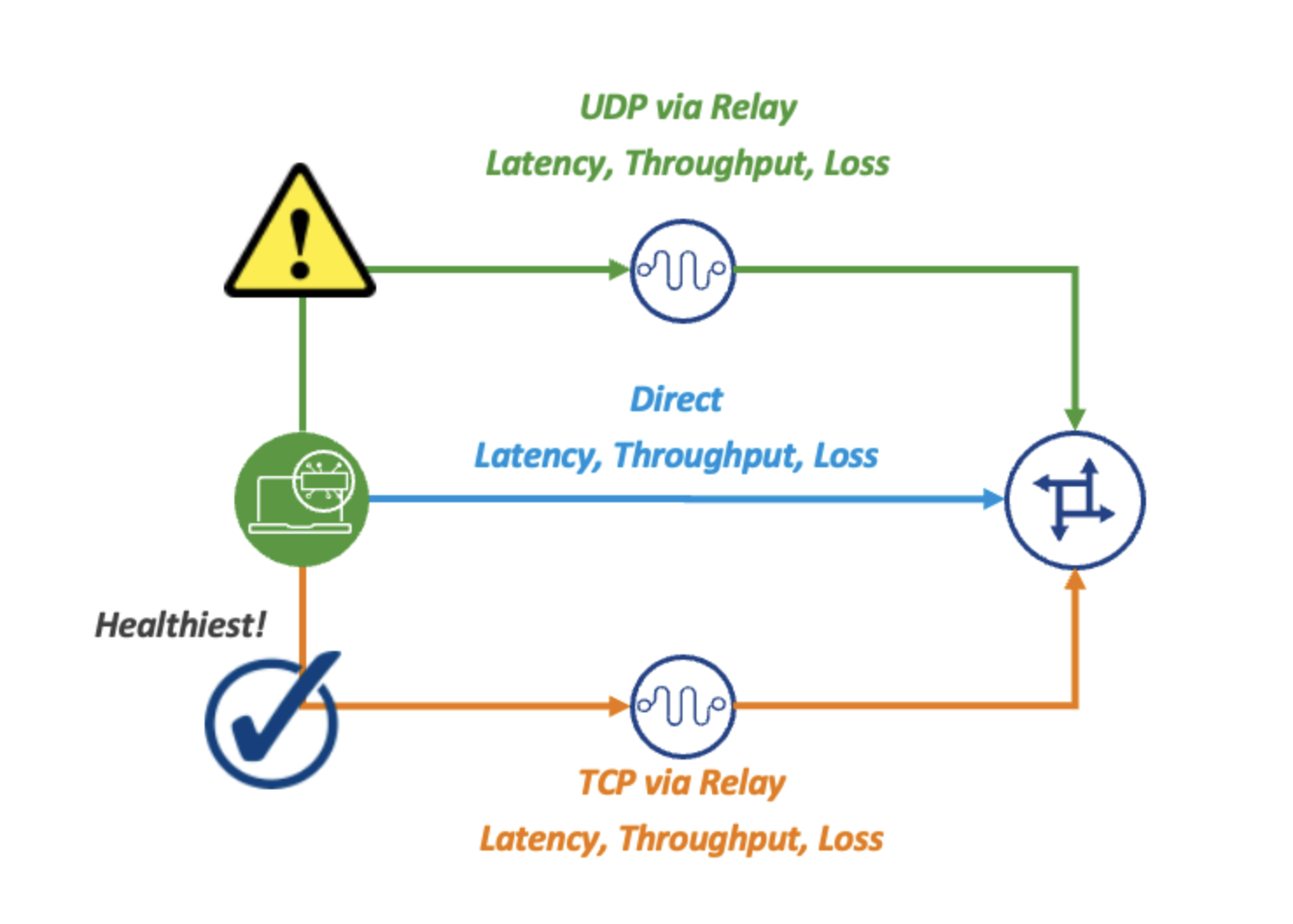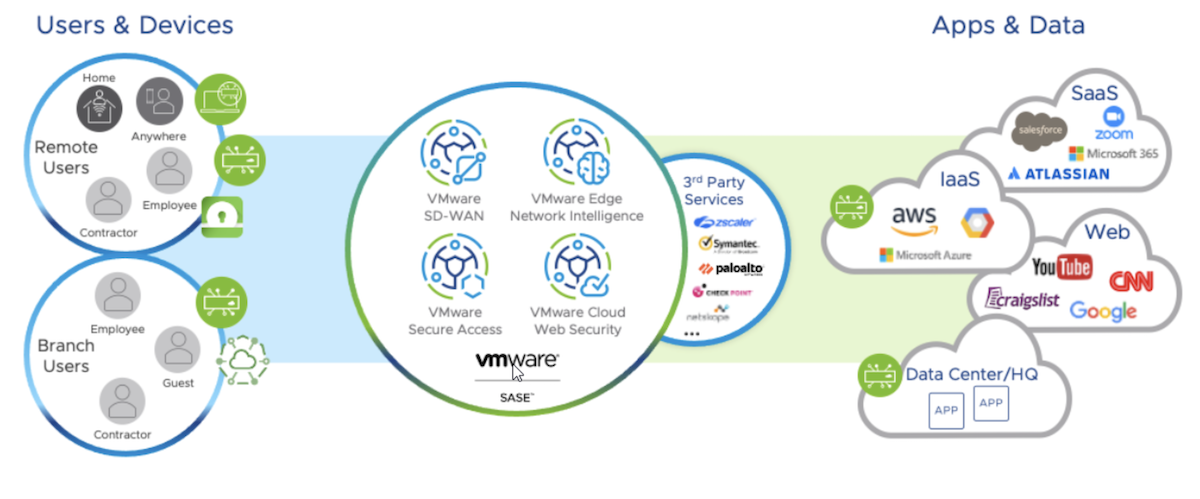If 2016 was the year that SD-WAN came of age, 2017 was undoubtedly the year that SD-WAN became something you couldn’t live without. SD-WAN proved it was an important concept for businesses. The extra security aspects of SD-WAN helped businesses keep traffic segregated and provide additional compliance measures for industries that are normally very high regulated.
2017 was also the year that SD-WAN became a mainstream feature for providers as well as customers. The acquisition of Viptela, announced in May and closed in August, sent shockwaves through the market. Now, the biggest networking vendor in the world had one of the most successful SD-WAN vendors as an integrated part of their portfolio. And Cisco isn’t stopping to admire the landscape. They’ve already announced the integration of Viptela with their router platforms.
The shift also caused VMware to realize they needed their own SD-WAN solution. Their recent announcement of the acquisition of VeloCloud has set up an interesting position for them in the coming year. Are they going to use VeloCloud to compete in the branch? Or is this an on-ramp to cloud offerings for their hybrid cloud strategy?
The Present of SD-WAN
We have evolved past the point of justifying the reasons for using SD-WAN. If the technology wasn’t mature, we wouldn’t be seeing it integrated across platforms. If they technology wasn’t useful, why would traditional networking companies spend big bucks to acquire it into their product portfolios?
SD-WAN isn’t just about turning off MPLS or creating VPNs. That’s the technology that sold SD-WAN when no one knew about the power that it contained. The technical implementation of SD-WAN doesn’t help anyone. If the technology was the only important part of the package then SD-WAN would have already failed.
SD-WAN is now about business enablement. It’s about making applications run faster in the branch and in the cloud. SD-WAN is about creating a security layer that helps your critical information stay out of the hands of those that would do terrible things with it. SD-WAN keeps your traffic from impacting other parts of your business and provides you the ability to easily configure a lifeline in the event that your provider goes out.
SD-WAN can do this because it isn’t focused on a chip or ASIC or platform. It’s all done with the power of software. It can be upgrade, modified, and changed to perform as expected every time in many different places. SD-WAN gives you the power to build your business around a platform that can be upgraded as your business grows and changes instead of forcing you to buy a bigger, better box every step of the way.
Charting The Future for SD-WAN
Where is SD-WAN going? What new ideas are companies coming up with to drive the business side of adoption? How will administrators use SD-WAN to secure, simplify, and expand the reach of their new networks?
These are all excellent questions. And 2018 is not going to have any shortage of answers. The best answers are going to be coming your way in just a few short weeks. Viptela is bringing their FutureWAN virtual summit back for a return engagement January 23-26. There is a great lineup of topics to help shape the way that SD-WAN will change networks in 2018. The hot topics involve Cloud Transformation, Security, Managed Services, and Enterprise Deployments. Viptela is bringing some of their own customers to the microphone to talk about SD-WAN deployments in financial, medical, and retail verticals.
In addition, Gestalt IT will be presenting a panel discussion. On Tuesday, January 23rd, you can join Tom Hollingsworth and a great group of networking engineers and architects as they discuss the challenges of SD-WAN and how you should be looking at deploying SD-WAN. This session will address topics of interest to people investigating SD-WAN for the first time all the way up to seasoned professionals looking to get the most from their existing deployments. You won’t want to miss it.
Best of all? This is entirely free to the end user. Viptela and Gestalt IT are all about making the networking community more aware of SD-WAN and helping readers and decision makers understand the value and benefits of both the technology and the business case for deploying it. By attending the session, you’ll be better prepared to have the SD-WAN discussion with the people that matter and increase the likelihood of deployment and integration.
If you’d like to register for FutureWAN 18, please click on the following link to be taken to the free registration page: https://tinyurl.com/FutureWAN18/?utm_source=gestaltIT. There you can find all the info you need to get ready for the great sessions coming your way. You can also check out how Viptela is making SD-WAN work for you at their website http://Viptela.com.




